kabuki, kokuho
Kabuki Film Perfectly Captures The Beauty of the Artform!

Savannah Walker
Posted on August 27, 2025
Share:
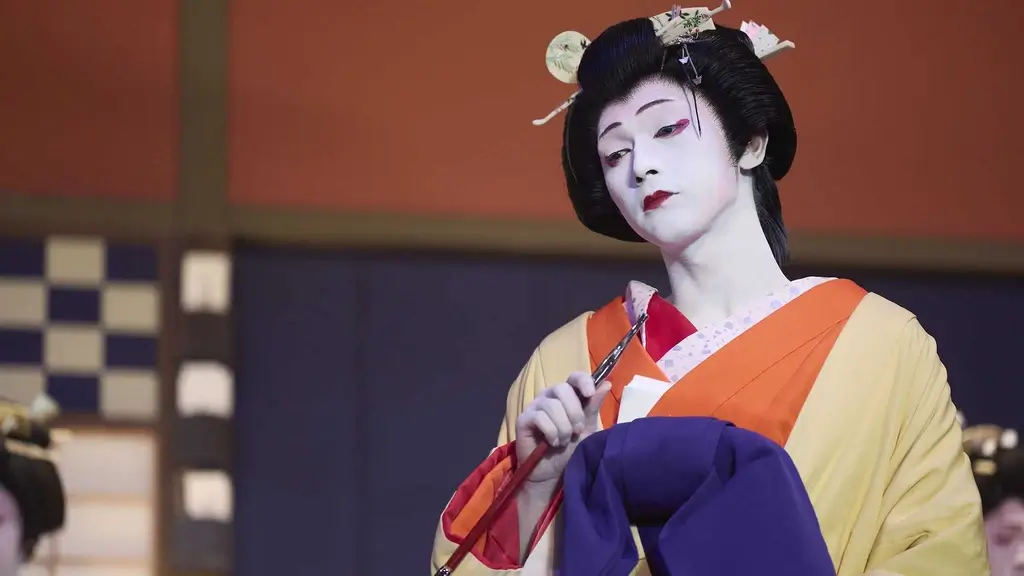
Kabuki theater, with its dramatic poses, elaborate costumes, and centuries-old traditions, is a dazzling symbol of Japanese culture. But what drives the actors behind the makeup, those who dedicate their lives to this demanding art form?
The new film Kokuho, directed by Lee Sang-il, explores this question through the story of a fictional onnagata, a kabuki actor who specializes in female roles. It offers a rare and richly textured glimpse into a life devoted to kabuki and the sacrifices it demands.
A Story That Spans Eras and Challenges Tradition
Based on Shuichi Yoshida’s novel Kokuho (“national treasure”), the film centers on Kikuo, brilliantly played by Ryo Yoshizawa. Unlike many kabuki stars who inherit their craft through family bloodlines, Kikuo is an outsider from Nagasaki Prefecture, with the extra complication that his father leads an organized crime syndicate.

Gifted with striking beauty and extraordinary talent, Kikuo sets out to climb the steep ladder of kabuki mastery, but the question looms: can innate ability alone overcome tradition’s weight? The film follows Kikuo’s journey over fifty years, stretching from the mid-Shōwa era (roughly the 1960s) to the Heisei era (ending in 2019). This extended timeline lets us witness Kikuo’s evolution and shifts in Japanese society and kabuki.
From Tragedy to Ambition in the Heart of Osaka
The story’s opening act is gripping and traumatic. As a young teenager, Kikuo watches his father being killed by a gang member in Nagasaki, a brutal moment that propels him to move to Osaka. There, he dreams of becoming an actor under the mentorship of Hanjiro (Ken Watanabe), a respected figure in Kamigata kabuki, the style rooted in the Kansai region. Alongside Hanjiro’s son Shunsuke (played with depth by Ryusei Yokohama), Kikuo trains rigorously.
Their friendship grows quickly into a brotherly bond, and soon the duo lands coveted roles in major theater productions. Kikuo’s rise is astonishing, especially for someone with no familial ties to kabuki, a world where heritage often shapes destiny. Yet, like every great story, his journey is not without hardship. Midway, he encounters significant challenges that test his resolve and passion for the art.
A Visual and Theatrical Teast of Kabuki
Kokuho shines visually thanks to the masterful production design by Yohei Taneda, who also worked on Kill Bill: Volume 1. The film’s opening sets a tone reminiscent of classic crime drama cinema, moody, elegant, and charged with tension, before plunging into the lush world of kabuki stagecraft.
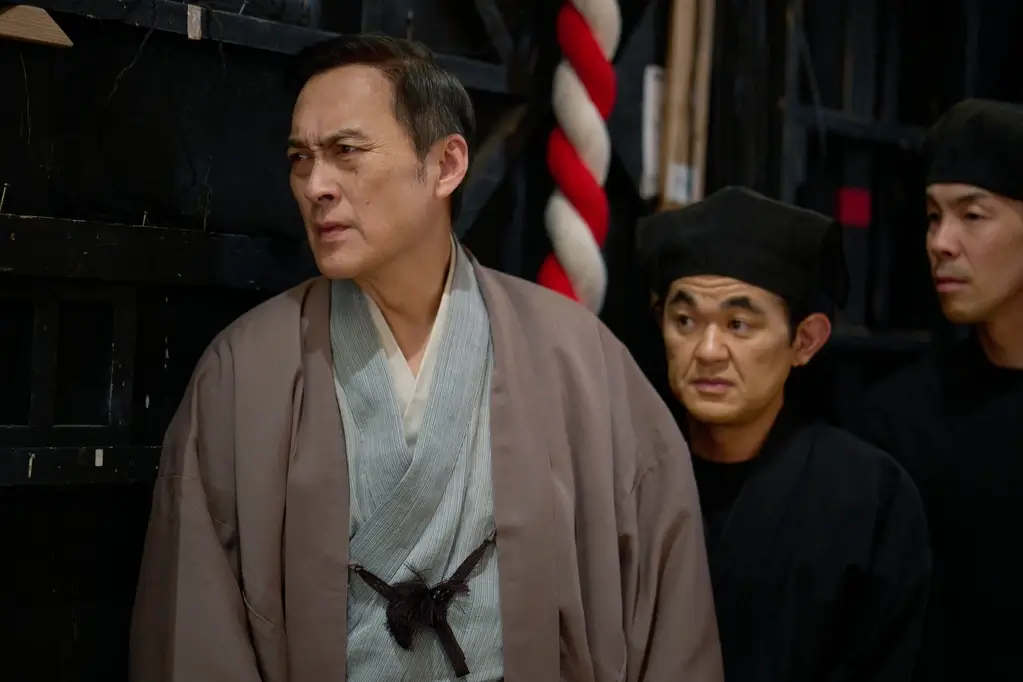
Throughout the film, vibrant kabuki plays and mesmerizing dances are re-created with stunning detail. The camera lingers on costumes, makeup, and expressive acting, inviting viewers to watch the story unfold and experience the art form’s beauty firsthand.
Are you looking for great snacks while watching amazing movies? Check out Sakuraco! Sakuraco delivers traditional Japanese snacks, teas, and sweets from local Japanese makers directly to your door so you can enjoy the latest treats directly from Japan!
Acting That Transforms and Elevates the Art of Kabuki
The film’s heart, however, lies in its performances. Kikuo and Shunsuke’s roles are incredibly demanding because the actors portray their characters performing kabuki, layering acting within acting. To prepare, Yoshizawa and Yokohama underwent extensive kabuki performance and dance training, their dedication shining through every nuanced moment.
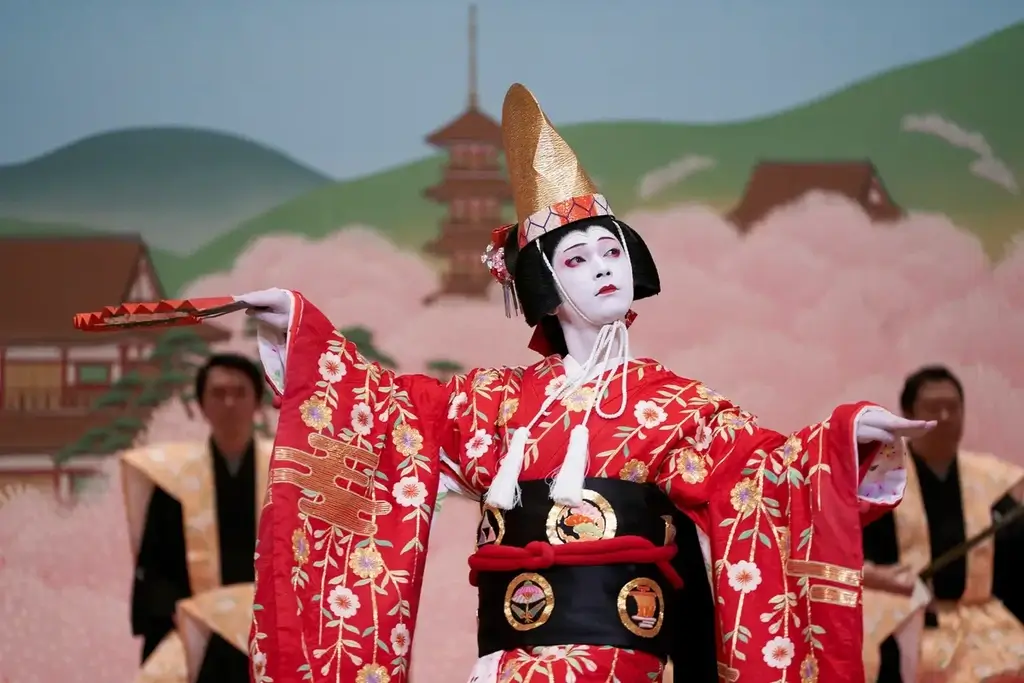
Their portrayals deepen the story’s exploration of what it means to live for art, often at significant personal cost. As viewers, we are invited to contemplate the motivations that drive actors to embrace such a difficult path, and the rewards they find in moments of transcendence on stage.
The Power of Layered Storytelling
What makes Kokuho uniquely captivating is its “story within a story” structure. We see the characters’ lives, struggles, and triumphs while witnessing the actors’ craft through on-stage kabuki scenes. This layering adds richness and invites audiences to feel the profound joy and pain that comes with artistic expression. The film doesn’t just tell us about kabuki, it lets us live it, creating an immersive experience that honors the discipline and spirit of this traditional Japanese art.
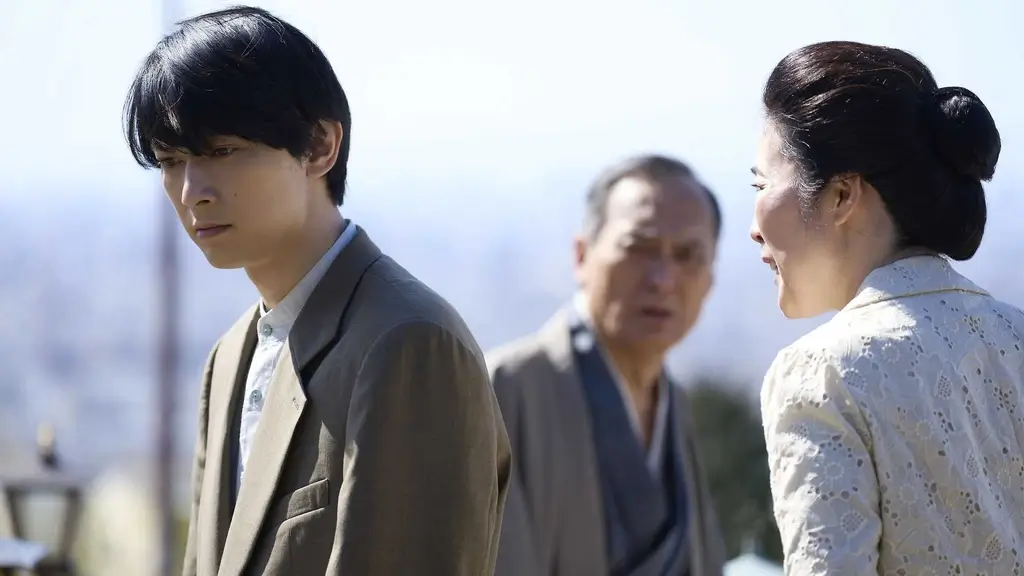
Director Lee Sang-il’s touch
Lee Sang-il, known for drawing outstanding performances from his casts, demonstrates his skill again. His previous film, Yurusarezaru Mono (“Unforgiven”), starred Ken Watanabe and reimagined Clint Eastwood’s classic. In Kokuho, Lee channels this talent into a colorful yet subtle exploration of kabuki, expertly balancing intimate character moments with grand theatrical spectacle.
Why is this movie about kabuki important?
For kabuki enthusiasts and newcomers alike, Kokuho offers a beautifully crafted portal into a demanding world shaped by sweat, beauty, and fierce devotion. It celebrates actors’ journeys not just as entertainers, but as carriers of tradition and creators of profound meaning.
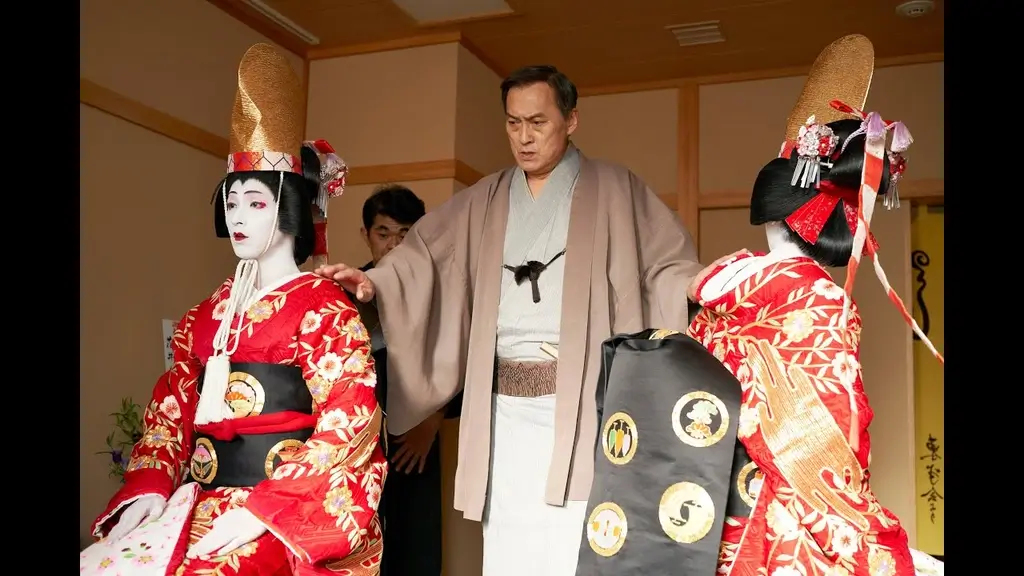
This movie is important because it illuminates a traditional Japanese art that isn’t as popular today. Through Kikuo’s compelling story and the film’s rich artistry, audiences are invited to discover what it truly means to dedicate oneself to art, against the odds and with unwavering passion.
If you admire Japanese culture, dramatic storytelling, and unforgettable performances, Kokuho is a film to watch, savor, and think about long after the curtain falls. Have you ever watched a Kabuki performance or plan to watch this movie on your Japan trip? Let us know in the comments below!
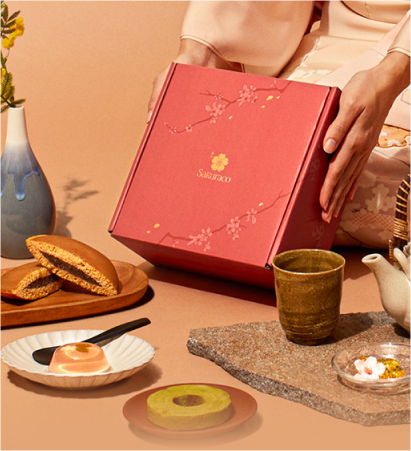
Discover authentic flavors with Sakuraco
Get Sakuraco 

Discover authentic flavors with Sakuraco
Get Sakuraco 
Related Articles

Japanese Gin: How a New Distillery Is Redefining Craft Spirits
Japanese gin has gained popularity due to the use of local ingredients and meticulous production methods by many distilleries. A new gin from Fukushima is adding momentum to this trend by focusing on the region’s water and native plants.
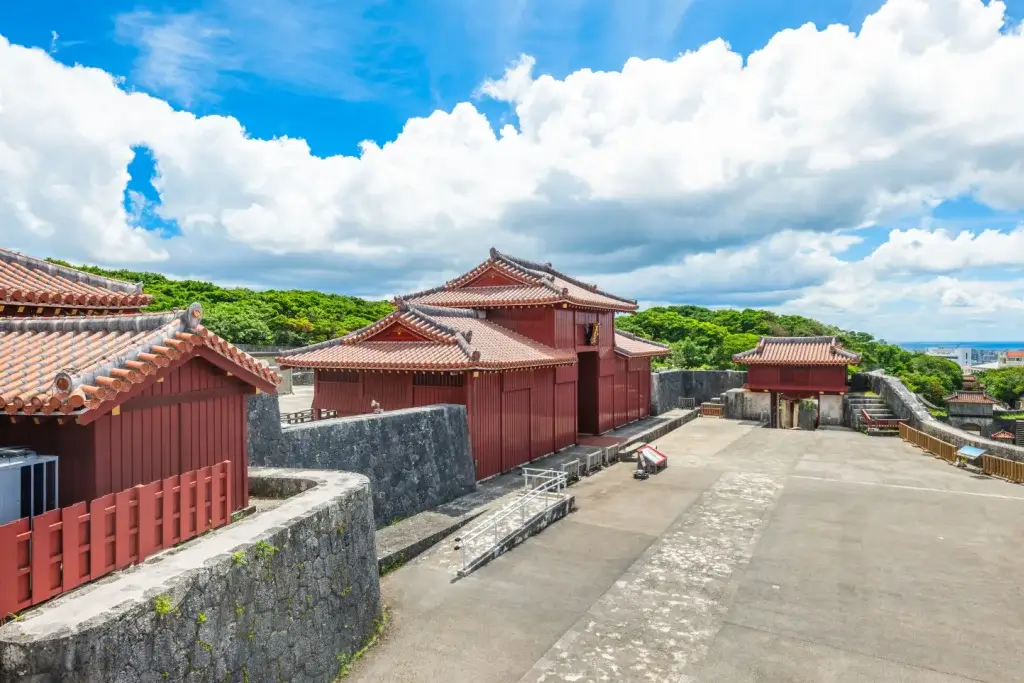
Shuri Castle Receives Partial Restoration in 2025
Shuri Castle, an iconic symbol of Okinawa’s Ryukyu Kingdom heritage, has long captivated the hearts of both locals and visitors. Located in the vibrant city of Naha, Okinawa, the castle’s bright vermilion walls and graceful architecture tell the story of a unique kingdom that flourished independently for centuries.
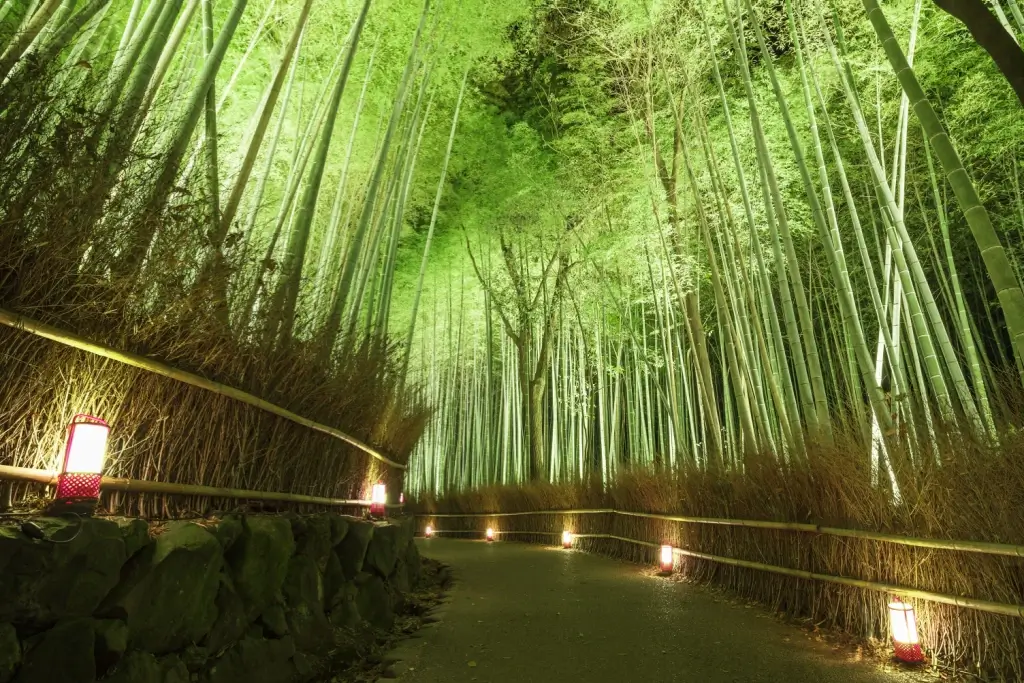
Kyoto Bamboo Forest Light Show: Illuminating Tradition and Nature
Every autumn, Kyoto’s Arashiyama Bamboo Grove (also known as the “Kyoto Bamboo Forest”) has mesmerized visitors with its mysterious charm and soothing atmosphere. The bamboo light show has returned in 2025 after a four-year break caused by the pandemic.

Japan Winter Came Too Early: Should We Be Worried?
Typically, late November brings cool days, with dipping temperatures around 10 to 15°C (50–59°F) in many regions. This year, though, things feel different. Because of these changes, many people are asking: Did Japan’s winter really arrive too soon?



